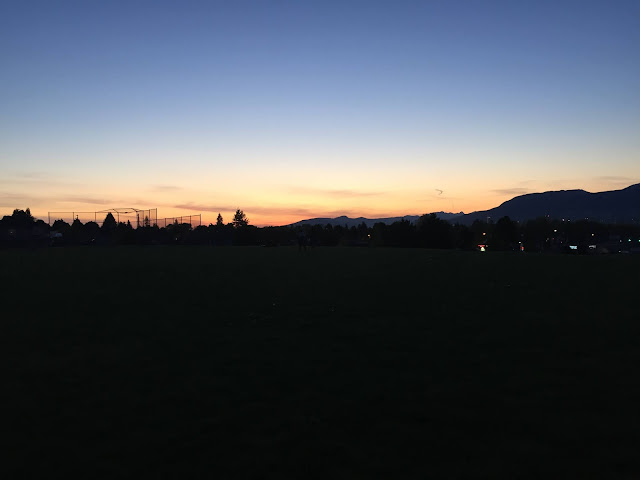Keeping Up with the Cnidarians SCENE 1 NARRATOR In the Kingdom Animalia, Phylum Cnidaria includes the group of soft bodied animals with stinging tentacles called “nematocysts”. Their symmetry is radial, and they mainly compose of having a mouth and stomach. They swim around and catch food in their marine habitat. They have three layers; the epidermis, which is the outer skin; the endoderm, which is their gut or stomach and their mouth; and the middle part is the jelly, the mesoglea. They kill their prey with nematocysts. Even if the animal is dead, the nematocysts still work because they are spring-loaded to fire off and stun the prey. There are three classes of Cnidarians: Hydrozoa, Scyphozoa, and Anthozoa. Today, we are going to have our first encounter with the three most famous Cnidarians. SCENE 2 NARRATOR We are about to see the home of one of the Cnidarians. This is an exclusive opportunity to get to see the life of an A-lister celebrity. (cut to Hydra’s house)


